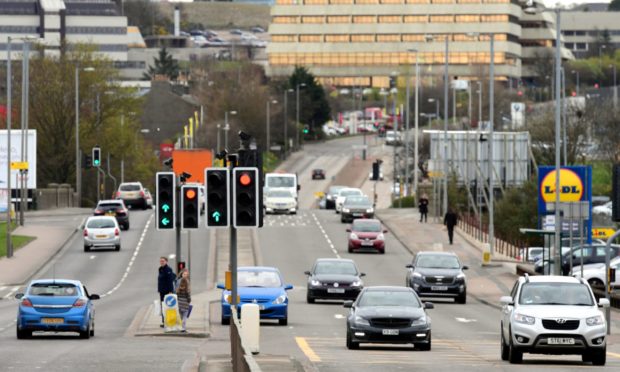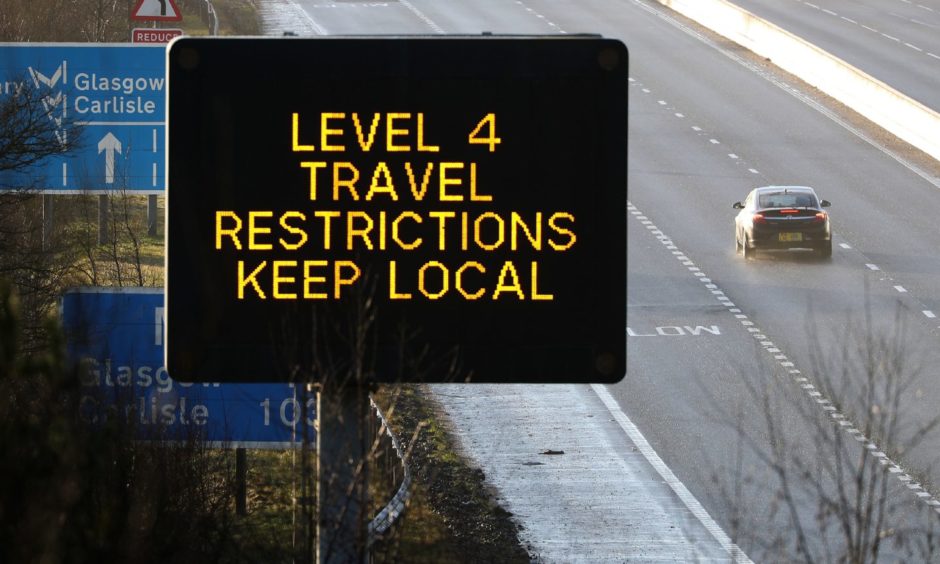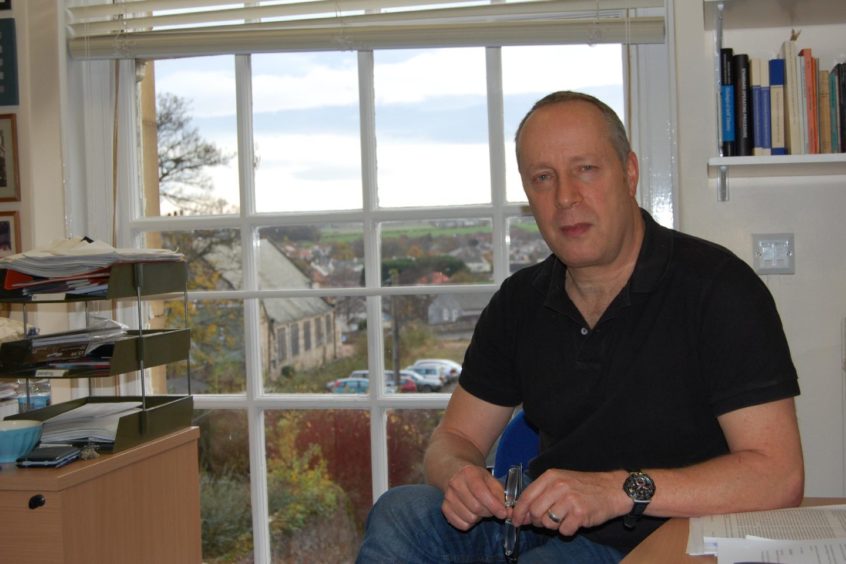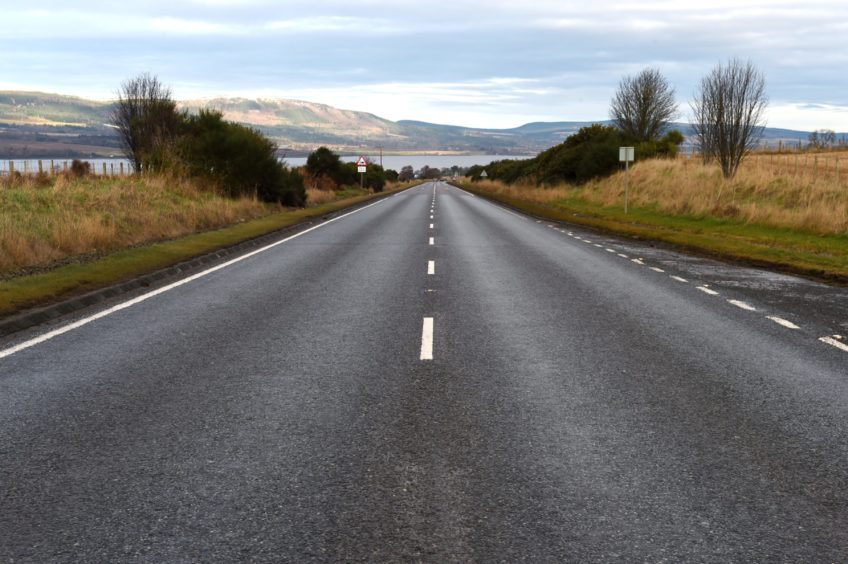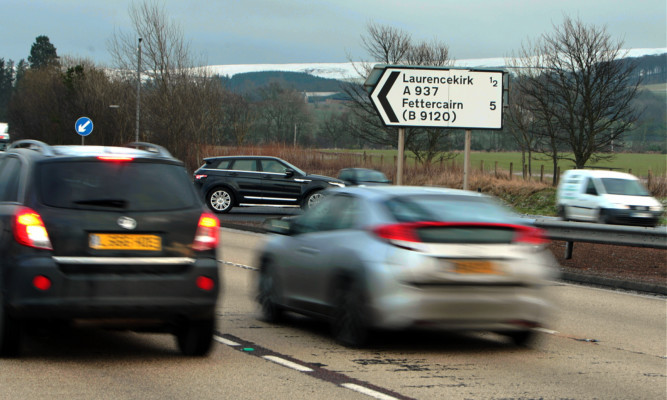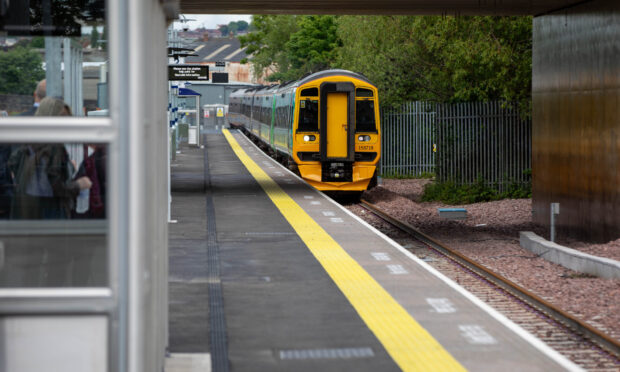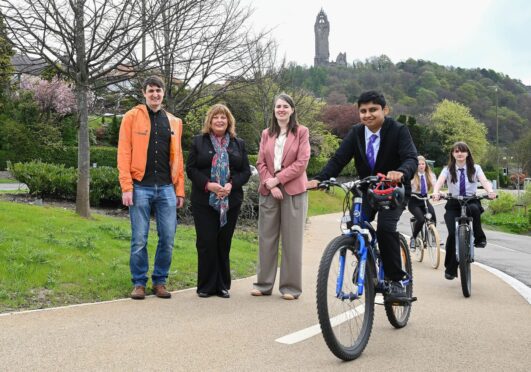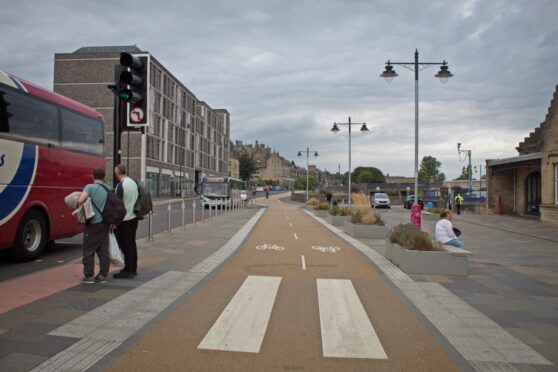Many more people across north and north-east Scotland are travelling to work than during the first lockdown and experts have warned not enough is being done to support workers to stay at home.
Location data published this week by Google shows that in every area of Tayside and Fife, the north-east and the Highlands, significantly more individuals are attending workplaces than when restrictions were first introduced, in March last year.
Throughout the pandemic, the tech giant has released data showing people’s movements across more than 130 countries in a bid to help public health officials understand responses to social distancing guidelines.
The report includes details on categories such as retail and recreation, grocery and pharmacy, transport and residential areas. The footfall is then compared with a baseline value recorded earlier last year to represent pre-pandemic conditions.
The data revealed in April how the first lockdown had radically altered the behaviours of the public, decimating footfall in local retail centres and pushing people towards spending more time in public parks.
Our analysis of the figures shows the number of people attending workplaces in Angus versus pre-pandemic conditions went from an average of -61% in April to -38% on January 16, the last weekday covered by the latest data.
Dundee went from an average of -65% in April to -41% on January 16, while Fife went from -63% to -28%, and Perth and Kinross went from -66% to -44%.
Meanwhile, Aberdeen went from -67% to -39%, Aberdeenshire went from -63% to -39%, Highland went from -63% to -44%, and Moray went from -61% to -36%.
Data from the Western Isles, Orkney and Shetland was not included because of the smaller data sets available.
Call for greater clarity
Dougie Maguire, regional co-ordinator for Unite, said the union has “significant concerns” that people are traveling to workplaces when they should be at home.
He said the figures show traffic levels have “substantially increased” during this lockdown compared to last year.
“This is consistent with what we know to be happening at the ground level through feedback from our members in sectors such as construction, manufacturing and transport,” Mr Maguire said.
“We have repeatedly called on the Scottish Government to give greater clarity on what is essential and non-essential work because we have significant concerns that people are attending the workplace when it is non-essential and also when work could be done at home.”
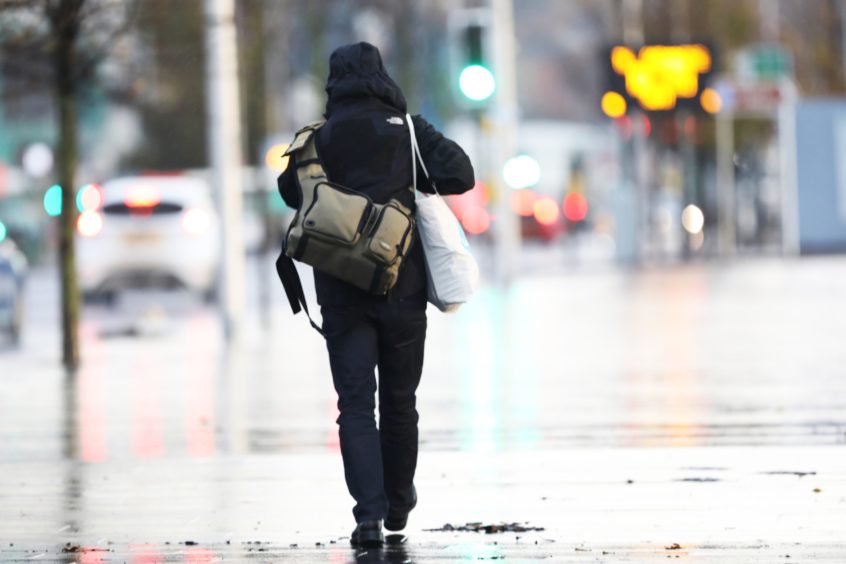
Experts have raised concerns that not enough is being done to support people to stay at home or access financial packages, and that this could be leading to people attending workplaces when it is not essential.
Stephen Reicher, a professor in social psychology at St Andrews University and an adviser to both the UK and Scottish governments, told a meeting of the independent Sage advisory group on Friday that the public is not the “weak link” in the pandemic.
Professor Reicher said fears of behavioural fatigue that delayed the first lockdown, and “probably cost tens of thousands of lives”, had been unfounded because compliance was actually “very high”.
He argued similar claims last autumn were also proven to be incorrect, as figures released last week suggest compliance is actually higher than before “in areas where people can practically comply”, such as social distancing and mask wearing.
“The public are not the problem, the problem is, in many ways, not that the public are flexing the rules but that the rules are far too flexible,” Prof Reicher said.
“The evidence suggests that the problem does not lie with the public or with public fallibility.
“Of course, there are a small minority of people breaking the rules but to concentrate on those while ignoring the fact that the rules not only allow, but sometimes require, people to go out and work, to go in and out of each other’s houses, is like, in a sense, putting your finger where there is a slight trickle through the dam and ignoring the huge breach that is going on just next to you.”
The expert pointed to reports of police breaking up a wedding in north London with 400 guests and said such cases are a “distraction from the real problem”.
“Of course, all of us would say: don’t go out and socialise, don’t go out and have a house party,” Prof Reicher said.
“But today there is a front-page headline about 400 people attending a wedding. Appalling but at the same time as 400 people are attending a wedding, probably something like 20 million people are required to go to work.
“The problem is not the public, and in areas where the public are not complying, the answer is not to wave your fist at them and to threaten them with fines.
“It’s to support them, to support them to self-isolate, to support them to be able to stay at home, to support them to be able to furlough, and that’s not happening.”
